Nature has its own clock, but in recent decades, human pressure has started speeding it up.
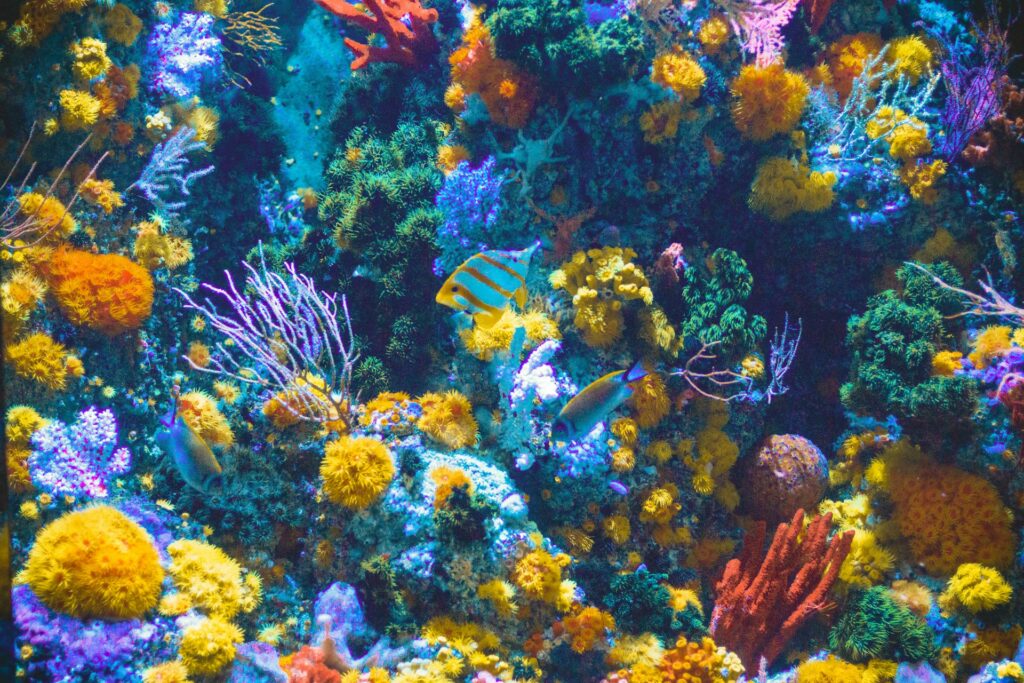
Rising temperatures, melting ice, deforestation, and tourism are chipping away at some of the planet’s most stunning places. Many of these wonders may still exist in a few decades, but sadly, it’s unlikely to be in the form we know today. Here are some of the most awe-inspiring natural wonders that might vanish, shrink, or become unrecognisable before the next generation gets to experience them.
1. The Great Barrier Reef, Australia
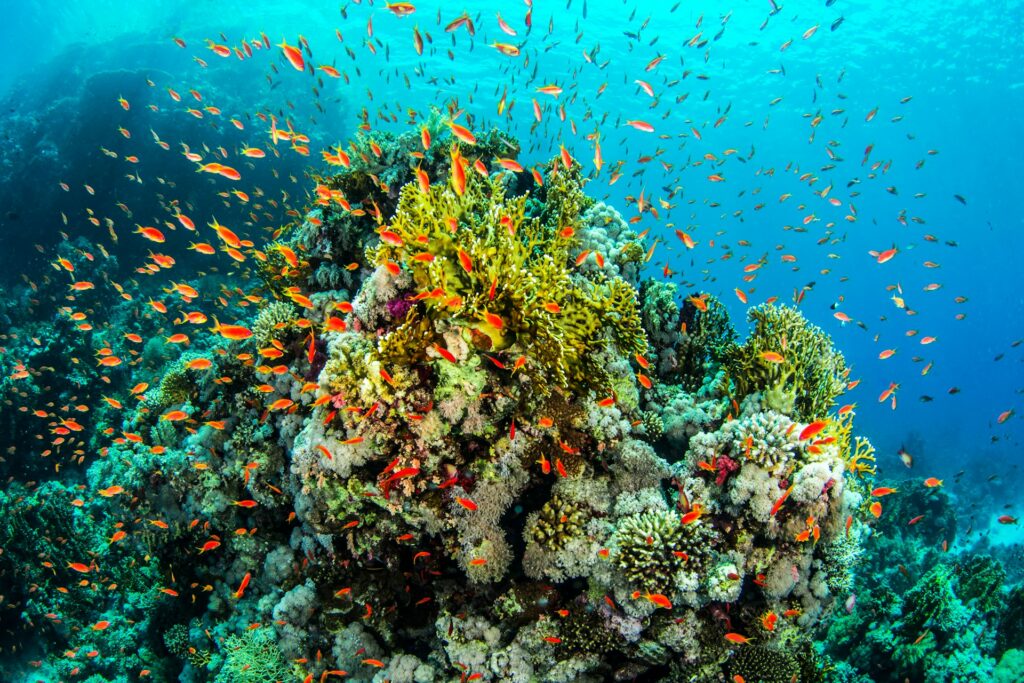
One of the largest living structures on Earth, the Great Barrier Reef has suffered repeated mass bleaching events due to warming seas. Huge sections of coral have already died, with some areas turning completely ghost-white.
While parts of the reef are still vibrant, the overall picture is one of steady decline. Scientists say it’s possible that future generations will only know the reef through documentaries and digital reconstructions—unless strong climate action reverses current trends.
2. Glacier National Park, USA

Once home to more than 150 glaciers, this stunning Montana park is now down to around two dozen. Many of them are shrinking so fast that they may be gone entirely in just a couple of decades. What’s disappearing isn’t just ice—it’s entire ecosystems and weather systems that rely on glacial melt. Hikes and viewpoints that once showcased brilliant sheets of ice might soon overlook bare rock and runoff streams.
3. The Amazon Rainforest
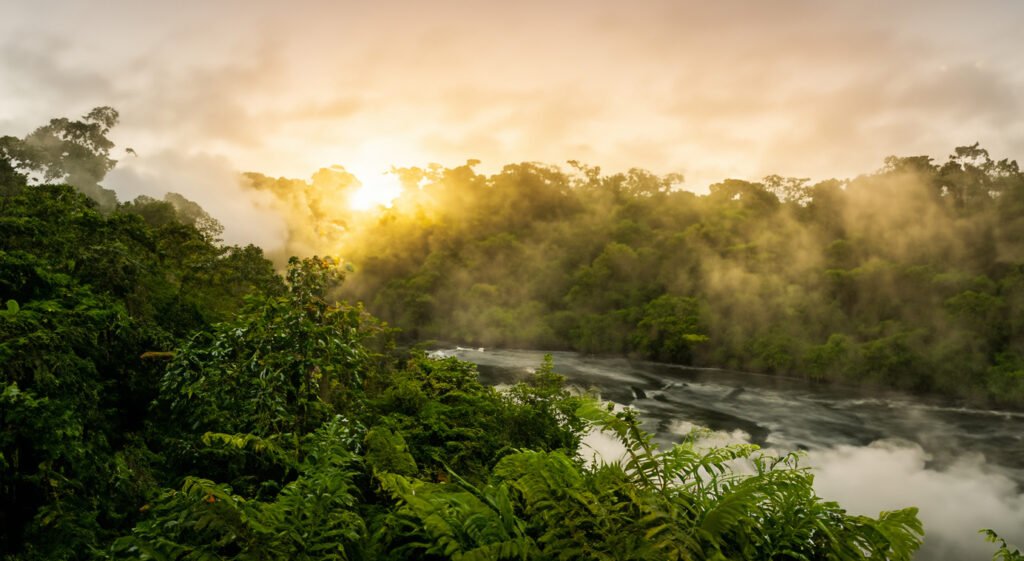
Often called the “lungs of the Earth,” the Amazon is facing record deforestation due to logging, mining, and agriculture. Trees are disappearing at alarming rates, and with them, thousands of species and vital carbon-absorbing capacity. Beyond the ecological collapse, there’s a quiet cultural erosion too—many Indigenous communities are losing land, heritage, and traditional knowledge tied to this ecosystem. What remains might soon be a fraction of what once was.
4. Mount Kilimanjaro’s glacier cap, Tanzania
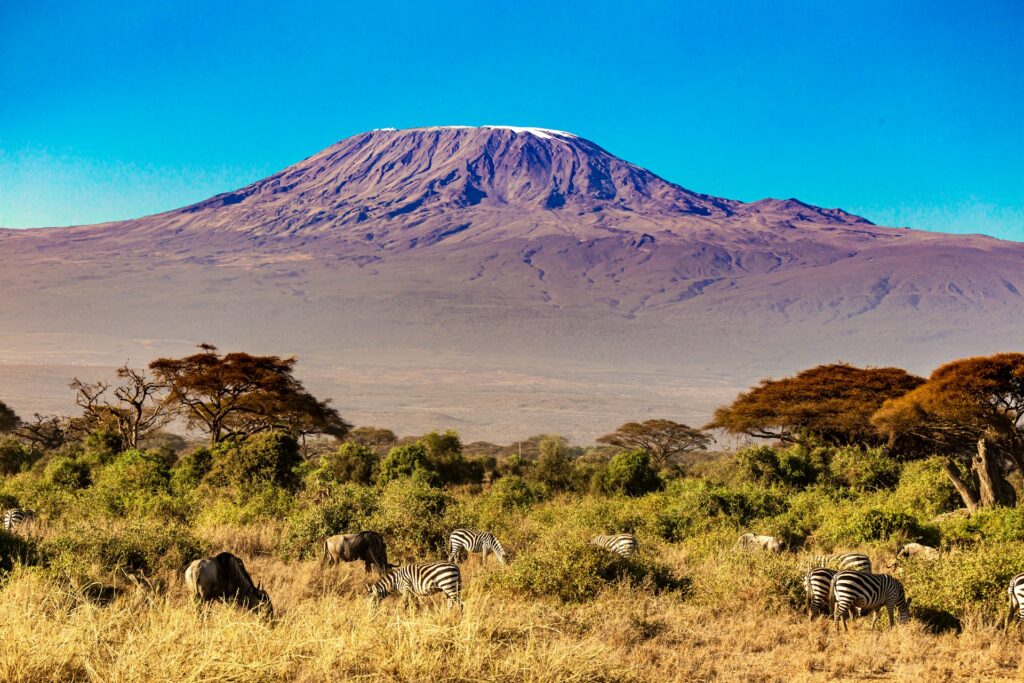
Africa’s tallest mountain isn’t just iconic for its height. It’s also known for its snowcapped peak. But that ice is fading fast. Kilimanjaro has lost over 80% of its glacier cover in the past century, and experts believe the rest could vanish within the next few decades. Future climbers may still reach the summit, but the snowy, otherworldly feel of the peak could be gone, leaving behind bare rock and dry winds instead of glistening ice fields.
5. The Dead Sea, Israel and Jordan
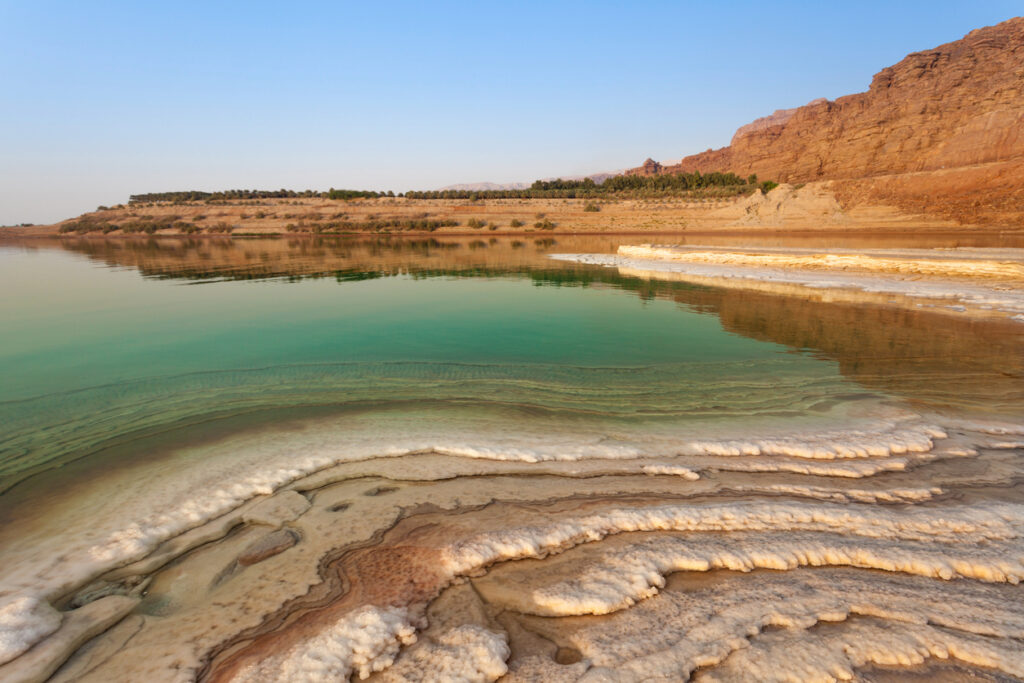
This salt-rich inland lake is shrinking rapidly, losing around one metre of water level each year. Water diversions from the Jordan River and mineral extraction are the main culprits, turning the sea into a patchwork of sinkholes and salt flats. What was once a bustling, surreal place to float is slowly becoming unstable and unsafe. Some resorts that once sat at the water’s edge now find themselves hundreds of metres away from the shore.
6. Madagascar’s unique forests
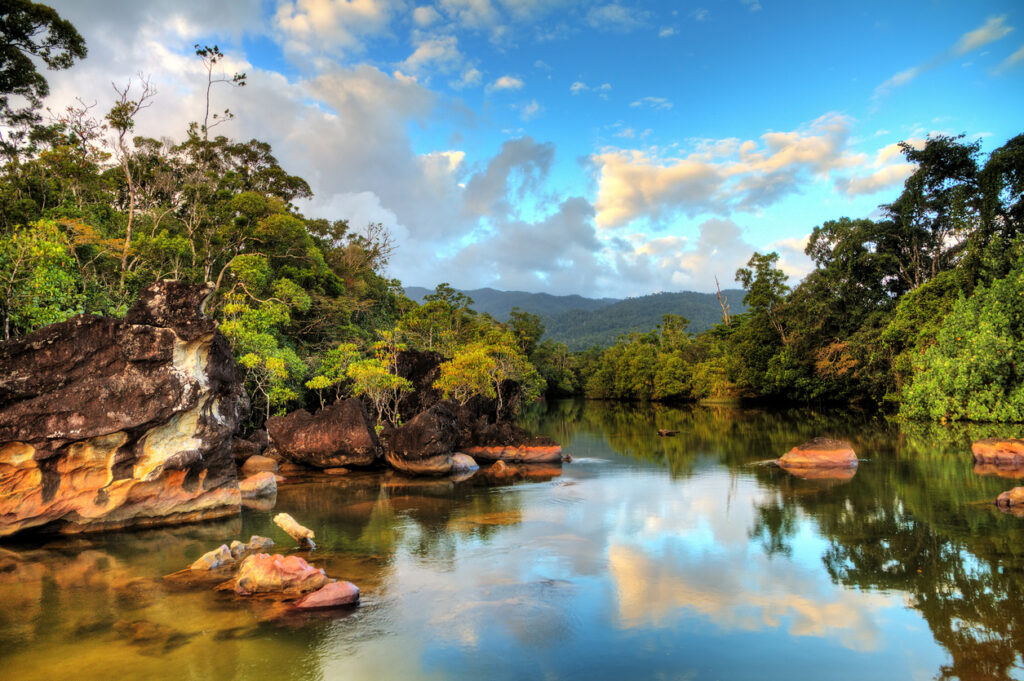
Over 90% of Madagascar’s wildlife is found nowhere else on Earth, but much of its natural habitat is vanishing due to slash-and-burn farming and illegal logging. Lemurs, chameleons, and rare orchids are disappearing alongside the forest itself. The island’s biodiversity isn’t just rare—it’s irreplaceable. Once gone, the combination of species and ecosystems that evolved in isolation for millions of years won’t ever come back.
7. The Maldives
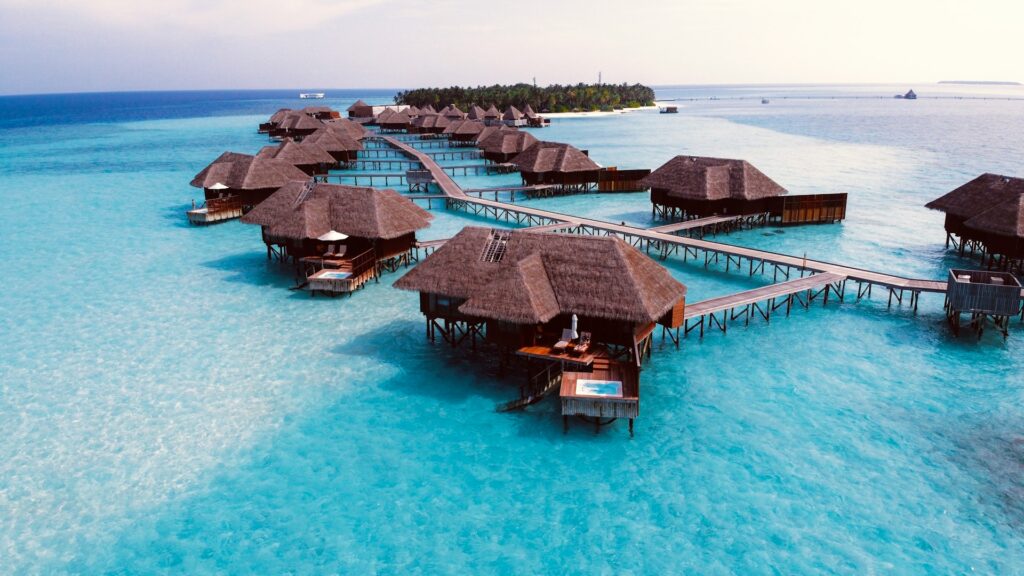
This low-lying island nation is already battling the creeping threat of sea level rise. With the average elevation barely above sea level, entire islands could be underwater by the end of the century if trends continue. Beyond the beautiful beaches and resorts lies a sobering future: communities may need to relocate, and some islands might only survive as digital memories or artificial recreations.
8. The Alps’ snowy peaks, Europe
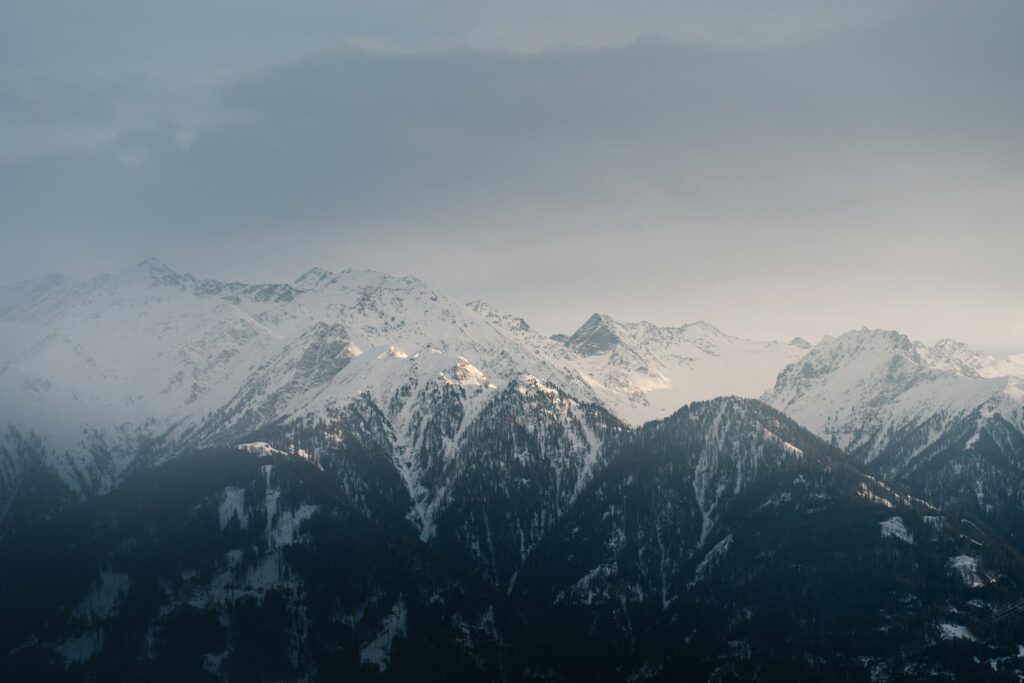
The Alps are warming faster than the global average, and their glaciers are in steep retreat. Iconic peaks like Mont Blanc and the Matterhorn still tower above Europe, but the snowy slopes beneath them are increasingly barren. This change is impacting everything from skiing tourism to water supplies that rely on slow glacial melt. Winter sports resorts are already scrambling to adapt, while scientists say many glaciers will vanish within the next century.
9. The Congo Basin rainforest
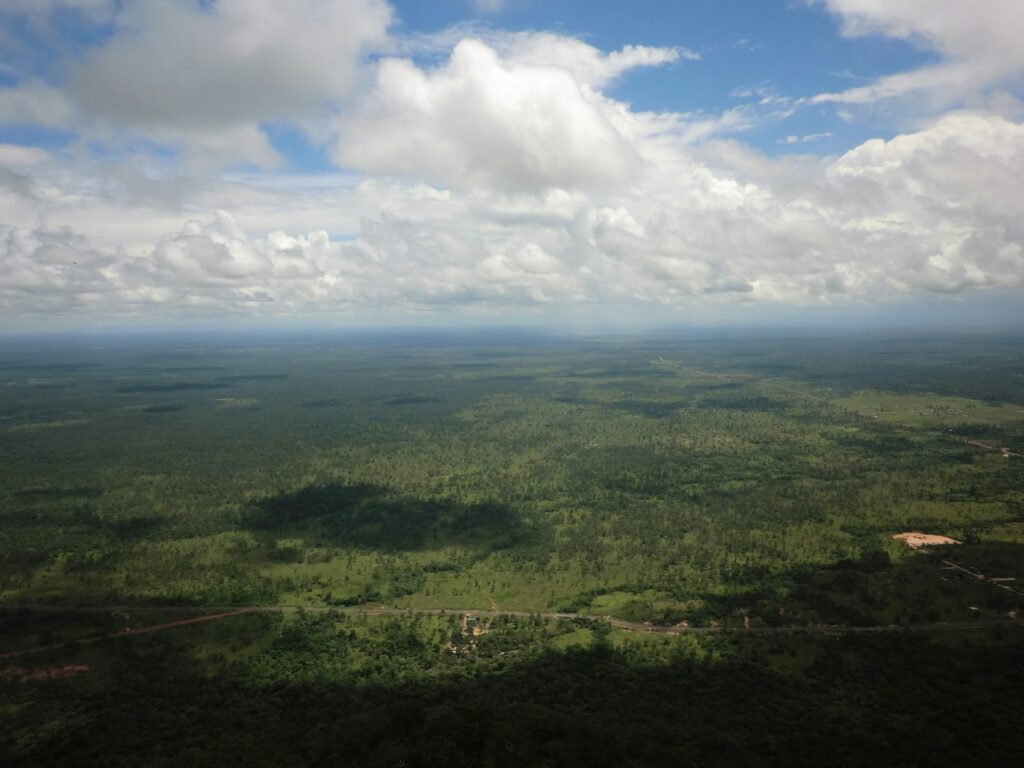
Second in size only to the Amazon, the Congo Basin is a rich and vital ecosystem home to gorillas, elephants, and hundreds of endemic species. However, logging, mining, and agriculture are accelerating its decline. It’s not talked about as often, but its loss could be just as catastrophic as the Amazon’s. Future generations may never experience the dense, echoing stillness of this forest, or the complex, hidden species it shelters.
10. The Everglades, USA
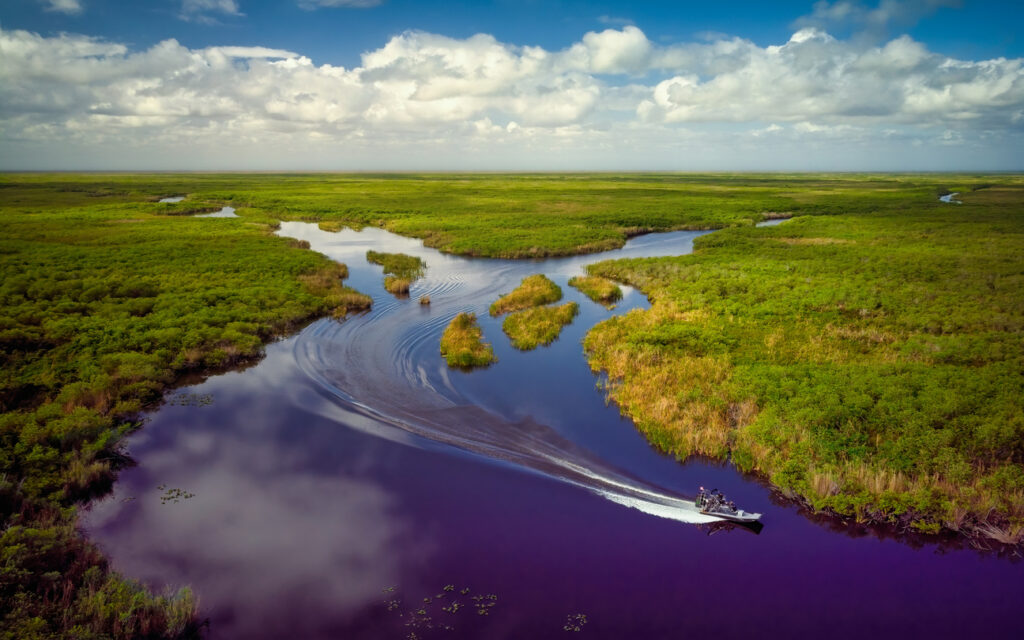
This unique network of slow-moving water and sawgrass in Florida is shrinking due to development, pollution, and rising sea levels. Saltwater intrusion is pushing inland, while invasive species and water diversion are disturbing the natural flow. The Everglades are home to panthers, alligators, and countless birds, but their habitat is growing more fragile by the year. Restoration efforts are ongoing, but climate pressure continues to outpace recovery.
11. Venice’s sinking foundations, Italy
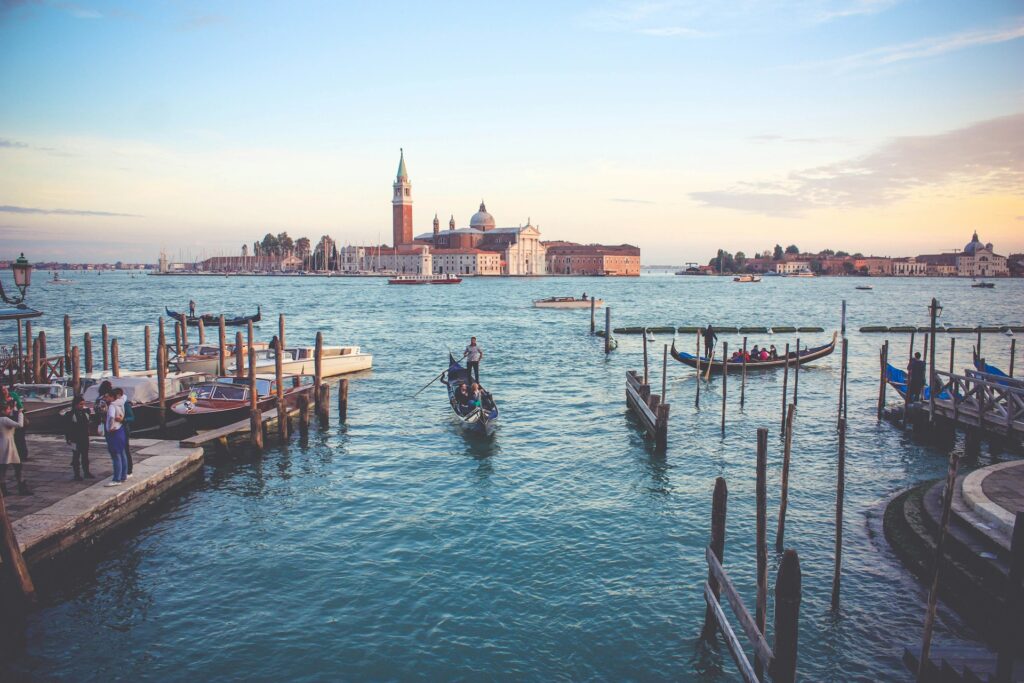
While technically a city, Venice is deeply tied to nature—it exists in delicate balance with the tides and the lagoon around it. However, that balance is slipping. Rising sea levels, sinking ground, and increasingly frequent floods are putting the city’s very foundations at risk.
If things continue, Venice could change from a living city to a historic relic—more preserved than inhabited, more visited than lived in. The romance of gondolas and fog may survive, but the daily life that gave it soul could be lost.
12. The Great Blue Hole, Belize
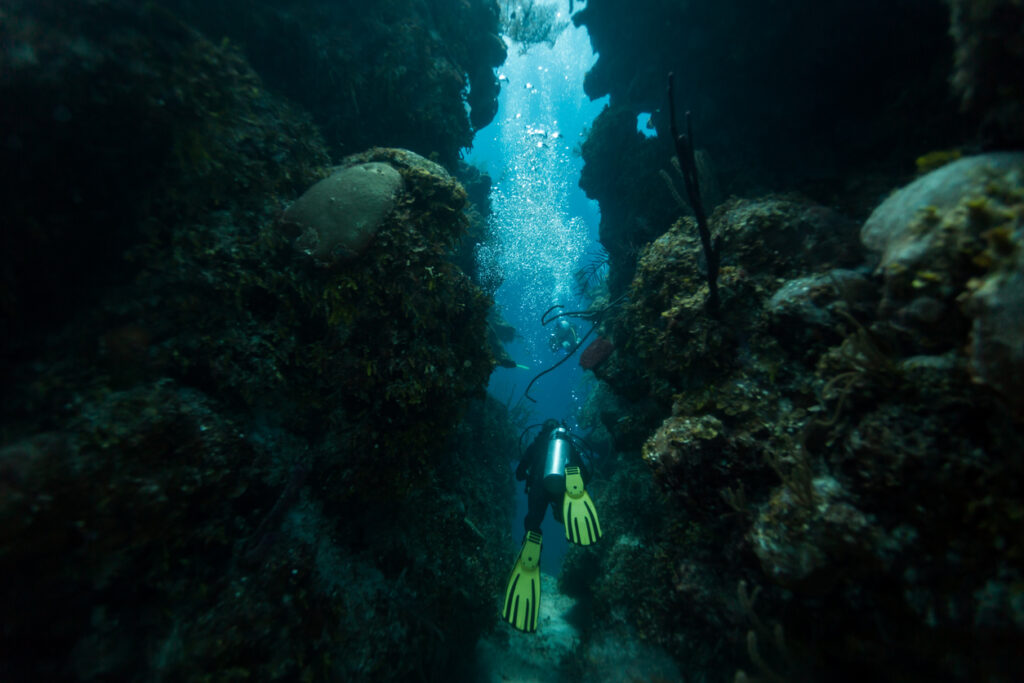
This deep marine sinkhole is a favourite for divers, offering a surreal underwater descent into ancient rock formations and crystal-clear waters. Sadly, ocean warming and pollution are putting coral and marine life in the region under serious stress. As coral bleaching spreads and water quality declines, the ecosystems that give the Blue Hole its magic could disappear. The hole itself may remain, but the vibrant marine world surrounding it might not.
13. Patagonia’s glaciers, Argentina and Chile
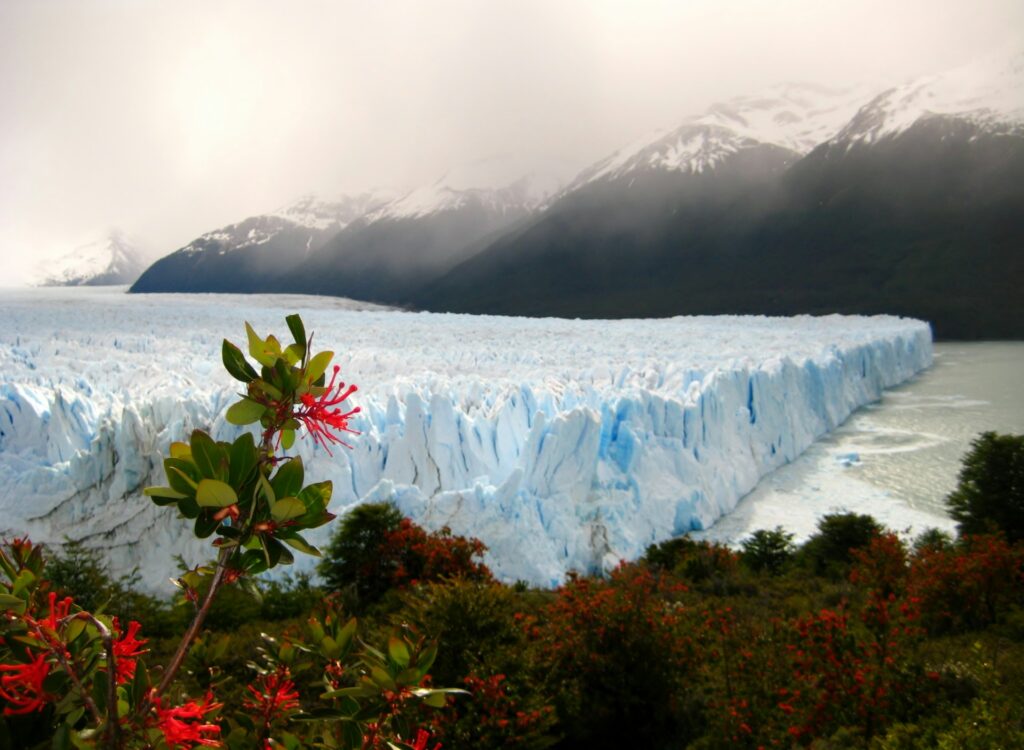
Patagonia is known for its dramatic landscapes and massive glaciers—many of which are now retreating at unprecedented speeds. These moving rivers of ice are melting faster than scientists expected, reshaping valleys and lakes in their wake. Visitors today still see towers of ice and stunning blue expanses. Of course, those views are changing rapidly. In the future, Patagonia may be better known for what it used to hold than what remains.
14. The Sundarbans mangrove forest, India and Bangladesh
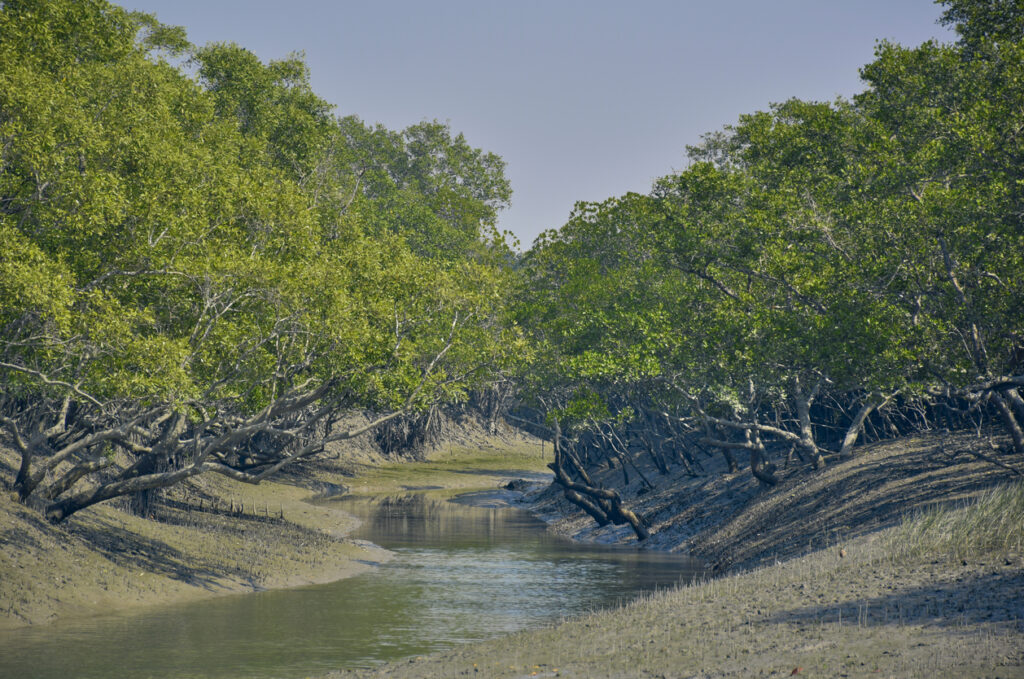
This sprawling, biodiverse mangrove forest is a vital buffer against cyclones and floods, but it’s being battered by rising seas, erosion, and development. The Bengal tiger still roams here, but its habitat is vanishing with each storm. The Sundarbans are more than just a natural wonder—they’re a lifeline for millions of people. Their loss would be both an ecological tragedy and a humanitarian crisis. The mangroves are holding on, but barely.